For many professional drivers, the transition from paper logbooks to electronic logging was a major shift. The ELD mandate is a reality for commercial truck operators in Canada, and while the old way of logging may have felt simpler, compliance with federal rules is a non-negotiable part of the job. Since using an electronic logging device (ELD) is required for most, the goal is to find a system that is reliable, easy to use, and doesn’t complicate your workday.
This guide is designed to help you navigate the requirements and make an informed decision. We will cut through the technical jargon to cover the essentials, from understanding if your operation is exempt from the rule to identifying the key features that make a real difference on the road. Our aim is to provide a straightforward resource that helps you choose dependable elogs for trucks, so you can focus on your business and driving safely.
Do you have any questions? Talk to ELD Advisor: 650-405-3372 or Request Callback
Understanding the ELD Mandate
An Electronic Logging Device, or elog device, is a piece of hardware that connects directly to a vehicle’s engine control module. Its primary job is to automatically record a driver’s activity to ensure compliance with the Hours of Service (HOS) regulations set by Transport Canada. These HOS rules are in place to help prevent driver fatigue and improve safety on the road by limiting driving hours and ensuring drivers take required rest breaks.
Unlike in the United States, where any self-certified device can be used, in Canada all ELDs must be certified by a third-party accredited body to be compliant. This ensures higher reliability and standardization across providers.
The ELD automatically tracks when the truck is in motion, how long it has been driving, and when it is stopped. The driver then uses a connected app, usually on a smartphone or tablet, to manually select their duty status, such as On-Duty Not Driving, Sleeper Berth, or Off-Duty.
While the main purpose of the mandate is regulatory compliance, using a reliable ELD system offers some practical advantages for a driver. During a roadside inspection, presenting an electronic log is often much faster than having an officer review paper logs. This means less time spent on the shoulder and a quicker return to the road. Furthermore, the accuracy of an electronic log provides a clear, verifiable record of your hours, which can protect you from potential logging errors and violations.
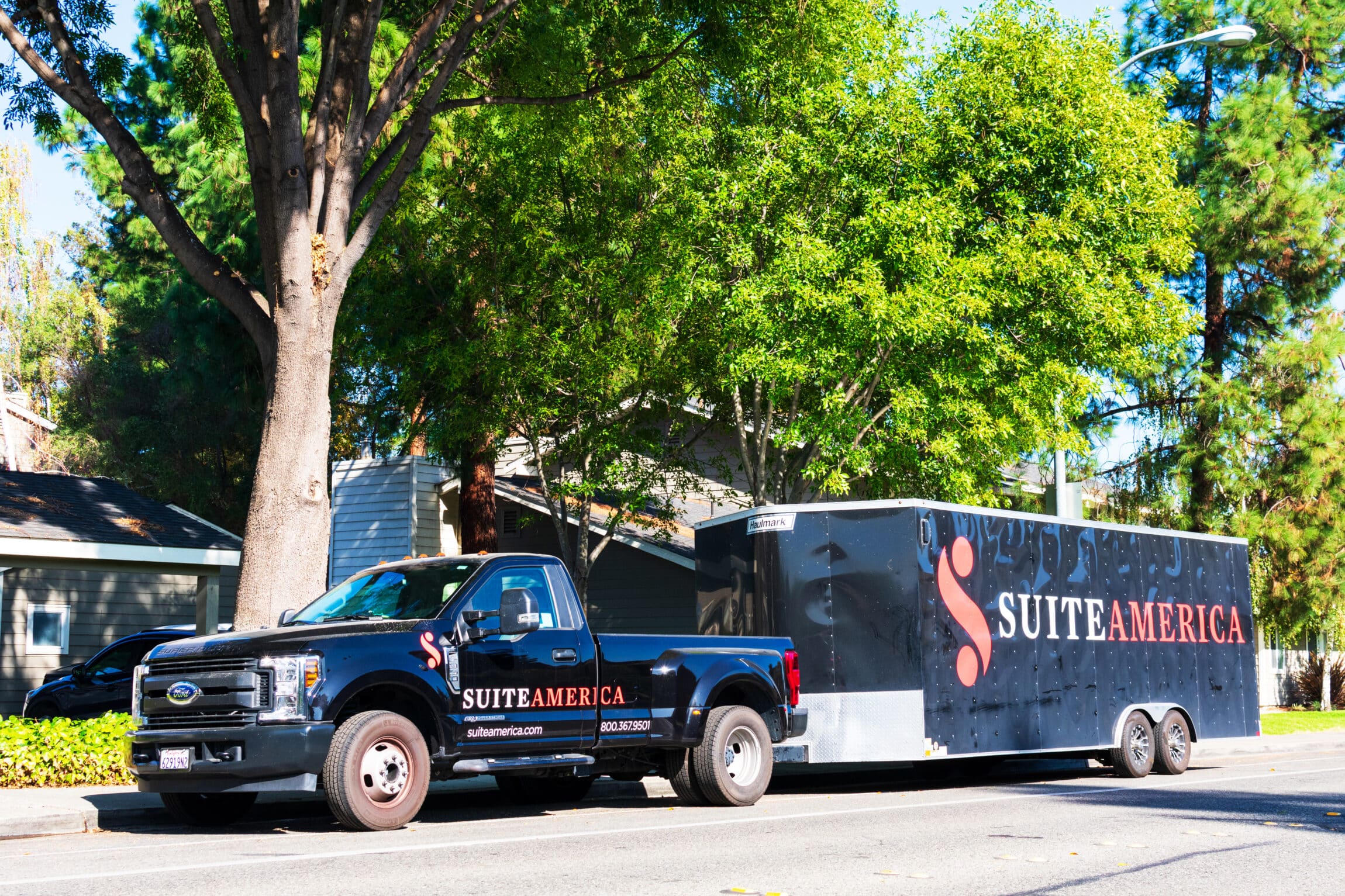
ELD Exemptions for Pickup Trucks
Before investing in an ELD system, it’s essential to determine if your specific operation is required to use one. Transport Canada has several key exemptions that may apply to commercial pickup truck drivers. Understanding these rules can save you time and money if your vehicle or driving habits fall into an exempt category.
The ELD rule in Canada generally applies to commercial vehicles that require a daily log under the federal Hours of Service regulations. In most cases, this means vehicles with a Gross Vehicle Weight Rating (GVWR) or Gross Combination Weight Rating (GCWR) of more than 4,500 kg that are operated in extra-provincial commerce.
The most common exemptions that pickup truck operators should be aware of are related to vehicle age, rental use, and the nature of your operations.
Vehicle Model Year
There is a straightforward exemption for older engines. If your truck’s engine has a model year of 2000 or earlier, you are not required to use an ELD. This exemption is based on the engine’s model year, not the truck’s body, because older engines often lack the electronic control module required for an ELD to function.
Short-Term Rentals
Drivers operating a rental vehicle for 30 days or less are exempt from the ELD requirement. This provision was introduced to reduce the burden on carriers who occasionally use rented or leased vehicles.
Short-Haul Operations
Drivers who operate strictly under the short-haul exemption are not required to use an ELD. In Canada, this applies to drivers who:
- Operate within a 160 km (100 miles) radius of their home terminal.
- Return to the same home terminal each day.
- Are released from duty within 14 hours of starting their shift.
If you meet all these conditions, you may continue using paper daily logs or time records instead of an ELD.
Special Permit and Emergency Exemptions
Additional exemptions apply when operating under a federal or provincial special permit, during officially declared emergency relief operations, or when driving vehicles that fall outside the scope of commercial use (such as certain personal use scenarios).
To make it simple, ask yourself these questions to see if you might be exempt. If you answer “yes” to any of them, you may not need an ELD:
- Is my truck’s engine model year 2000 or older?
- Am I driving a rental vehicle for 30 days or less?
- Do I operate strictly within a 160 km radius, return to my home terminal daily, and work within the 14-hour duty limit?
- Am I driving under a special permit or in emergency relief operations?
Drivers should always consult the official Transport Canada regulations or their provincial authority to ensure compliance, as penalties for non-compliance can be severe.
Common ELD Problems and How to Avoid Them
Even the most reliable technology can have its off days. For a driver, an ELD that malfunctions is more than an inconvenience — it can lead to inspection delays and compliance issues. Understanding common problems and their solutions is the best way to choose a system that will be a dependable partner on the road.
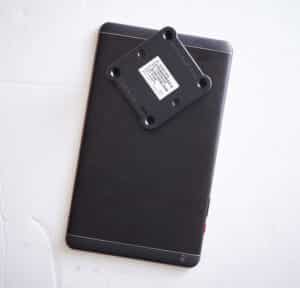
Problem: Connectivity Loss. This happens when the ELD hardware disconnects from the app on your phone or tablet, often leading to gaps in your log.
How to Avoid It: Choose a provider that offers high-quality, plug-and-play hardware with a stable Bluetooth or wired connection. A solid hardware warranty is a good sign the company stands behind its product.
Problem: Unreliable Software. A buggy or confusing app that freezes or crashes is a significant liability, especially when you’re trying to log your hours or present your records during a roadside inspection by provincial or federal officers.
How to Avoid It: Look for an ELD system with a highly rated app in the Google Play Store or Apple App Store. Positive reviews from other Canadian drivers are a strong indicator of a stable, user-friendly experience.
Problem: Unresponsive Support. Nothing is worse than having an issue on the road and not being able to reach a support team that can help you solve it quickly.
How to Avoid It: Select a provider known for its excellent customer service. A responsive, knowledgeable support team that is available seven days a week is essential for getting the help you need, when you need it.
Ultimately, preventing these issues comes down to due diligence. Investing a little time upfront to research a provider’s Transport Canada–certified hardware, app reviews, and support reputation can save you from significant headaches down the road.
How to Select Quality Elogs for Pickup Trucks
Choosing the right ELD is a business decision that directly impacts your daily operations. A quality elog system is a combination of reliable hardware, intuitive software, accessible support, and fair contract terms. Focusing on these key areas will help you select a solution that truly works for you.
- Durable hardware. Look for a simple, plug-and-play device that is easy to install and establishes a stable connection. In Canada, make sure it is on the list of certified ELDs approved by Transport Canada. A warranty is also a great sign of a manufacturer’s confidence in their product.
A user-friendly app. This is what you interact with every day. The app should be clean, simple, and easy to navigate. High ratings in the app store are often a good indicator of quality. - Responsive customer support. Problems don’t only happen from 9-to-5 on weekdays. Look for a provider with a dedicated support team available every day, including weekends, to help you when you actually need it.
- Flexible contract and payment terms. The best providers offer monthly or yearly plans without locking you into a long-term deal. This gives you the freedom to ensure the service is right for your business.
Before you commit, always ask a potential provider about their certification status, contract terms, support availability, and hardware warranty. The answers will tell you a lot about the company you are about to do business with.
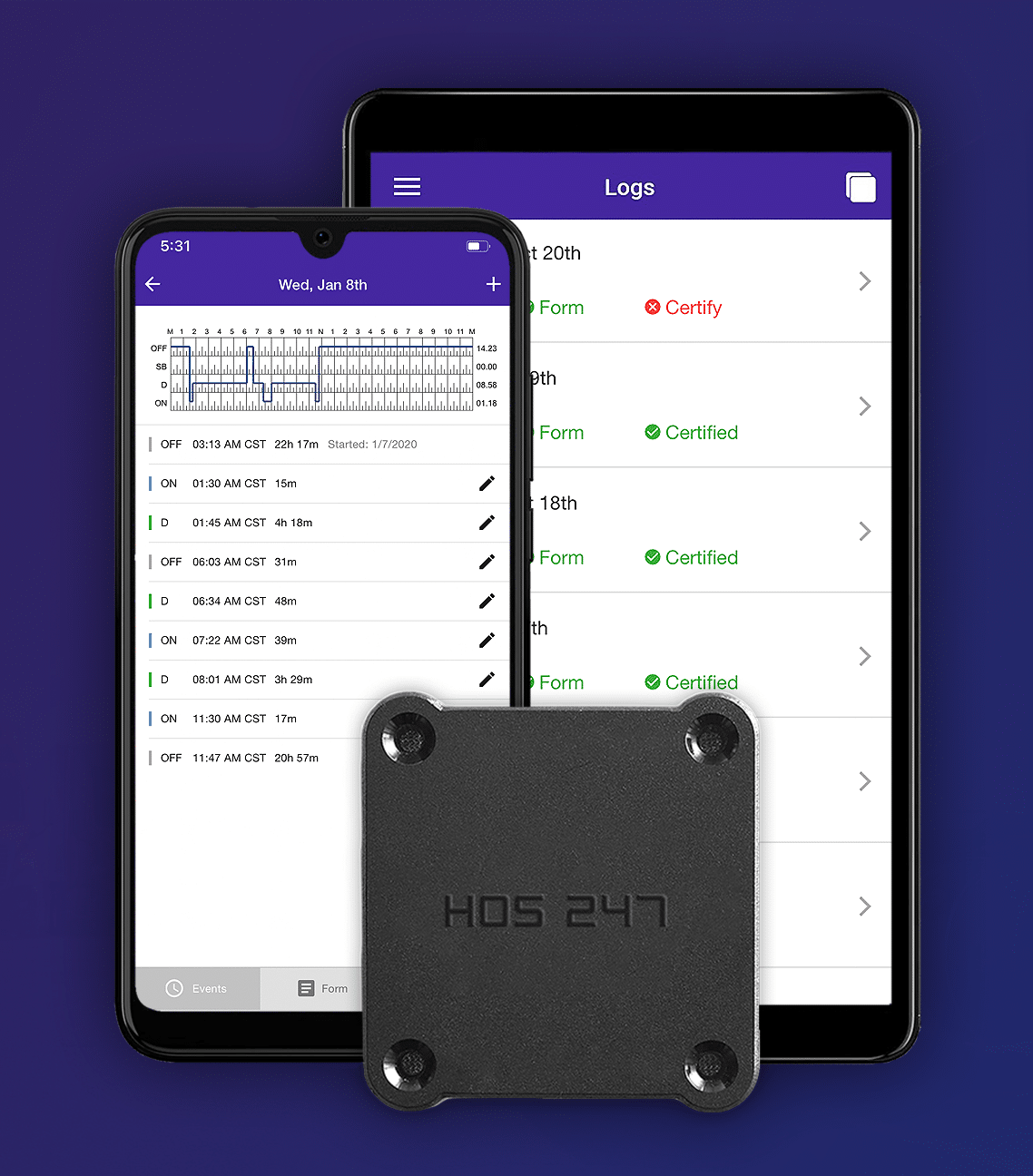
A Closer Look at HOS247: A Reliable ELD Solution
Based on the criteria for selecting a quality elog, it’s helpful to look at a provider that has built its reputation on meeting those standards. HOS247 has become a preferred choice for many drivers because it delivers a comprehensive, reliable solution without locking customers into long-term contracts.
- No-contract policy. This is a huge benefit. HOS247 gives you the flexibility to choose a monthly or annual plan, so you’re not trapped in a long-term commitment if your business needs change.
- Efficient multilingual support. Our support team is available seven days a week to help with any issue. Knowing you can reach a real person who speaks your language — including English, Spanish, Polish, and Russian — provides invaluable peace of mind.
- Easy-to-use system. Our app is top-rated on both Google Play and the Apple App Store and praised by drivers for its straightforward design.
- Quality hardware. Our devices are built to withstand vibration, heat, cold, and heavy daily use. They come with a one-year warranty and can be installed by the driver in less than 10 minutes.
- Vehicle diagnostics. The system helps you stay ahead of maintenance issues by detecting fault codes and sending real-time alerts to your app, potentially saving you from costly roadside breakdowns.
- Automated IFTA calculations. The ELD automatically tracks miles driven per state, which dramatically simplifies the process of filing your quarterly IFTA fuel tax reports and reduces paperwork.
- Real-time GPS tracking. Beyond compliance, the system includes a fleet management portal with live GPS tracking, helping you improve efficiency, monitor assets, and provide customers with accurate ETAs.
For drivers who want a dependable, all-in-one solution that is easy to use and backed by a company that respects its customers, HOS247 effectively meets all the key requirements.
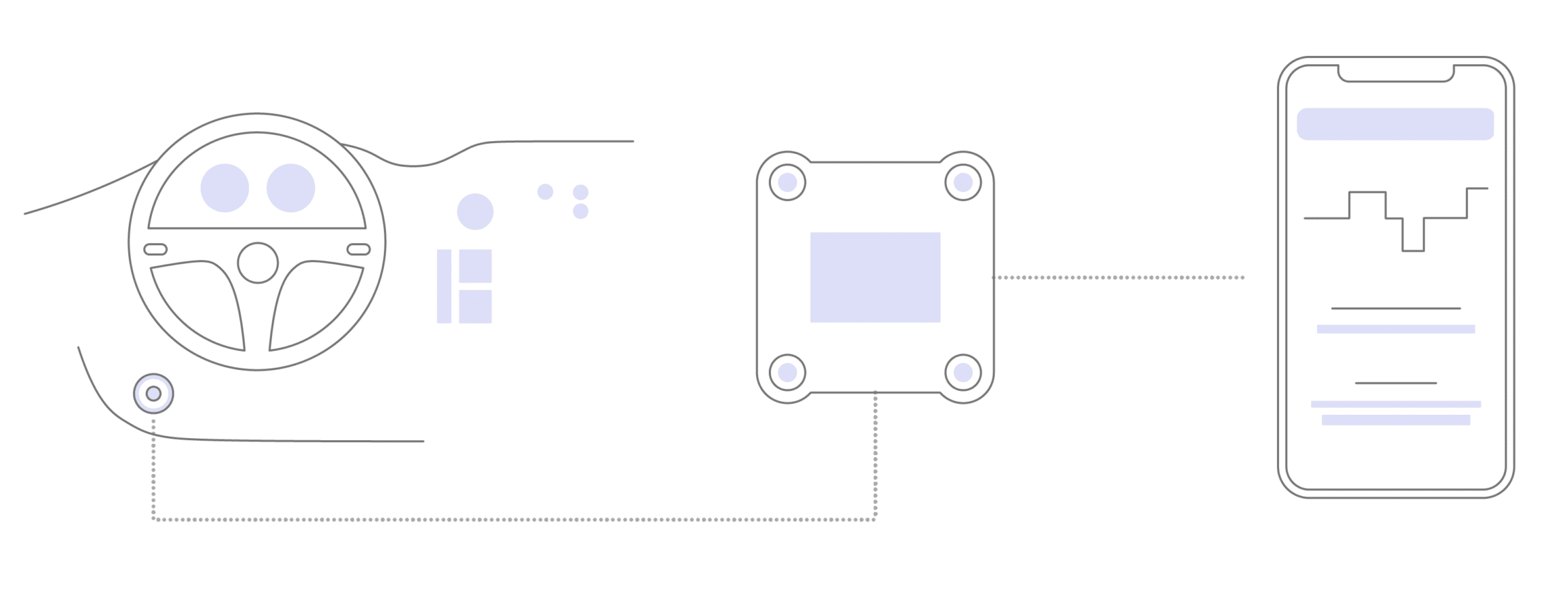
Getting Started: Installation and Daily Use
Once you’ve chosen a provider, getting the system up and running is typically a straightforward process. Most modern ELDs are designed for a simple plug-and-play installation that doesn’t require any special tools or technical skills. You just need to locate your truck’s diagnostic port (usually an OBD-II or 9-pin port found under the dashboard), plug in the hardware, download the provider’s app onto your smartphone or tablet, and follow the on-screen instructions to pair the device via Bluetooth. The whole process usually takes just a few minutes.
After installation, it’s crucial to be prepared for daily operations and roadside inspections. Canadian regulations require every driver using an ELD to keep specific materials in the cab at all times. Having these on hand makes inspections smoother and ensures you stay compliant:
- An ELD user’s manual. This guide explains how to operate the system and must be kept in the vehicle, either in print or digital form.
- An instruction sheet. You need a document that explains how to transfer your HOS data to a safety official upon request.
- A supply of blank paper logs. If your ELD malfunctions, you are required to switch to paper logs to record your duty status until the issue is resolved. You must have at least a 14-day supply of paper log sheets.
Keeping these materials organized and easily accessible will save you time and stress during inspections, while ensuring that you remain compliant no matter what happens on the road.
Conclusion
We know that an electronic logging device is another piece of mandatory equipment in your truck. While it might not have been your first choice, navigating the mandate doesn’t have to be a source of constant frustration. By understanding the rules and choosing dependable elogs for pickup trucks, you can ensure compliance and keep your focus where it belongs: on running your business and driving safely.
The key is to select a system that is reliable, easy to use, and backed by a responsive support team. A provider that offers flexible, no-contract terms, like HOS247, puts you in control and proves it’s confident in the quality of its service. Ultimately, the right ELD should be a simple tool that does its job efficiently in the background, allowing you to do yours. We hope this guide has provided you with the clarity and confidence to choose a solution that will be a valuable partner for your pickup truck operation for years to come.

As an expert in B2B and B2C sales, I’ve dedicated myself to perfecting sales processes and client retention strategies in the logistics and trucking industry. I have significantly contributed to the expansion of the ELD service, catering to retail and wholesale clients in need of HOS247 ELD solutions. My unwavering commitment to implementing state-of-the-art sales techniques and technologies ensures the continuous growth and success of businesses I work with.











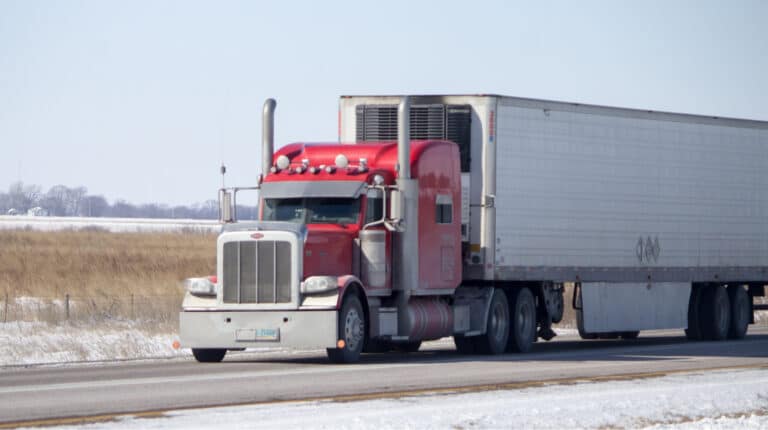
When choosing an ELD for your business in Canada, it’s important to remember that user-friendly software is as crucial for compliance with the ELD law as dependable hardware. The truck driver log app on the driver’s phone or tablet displays
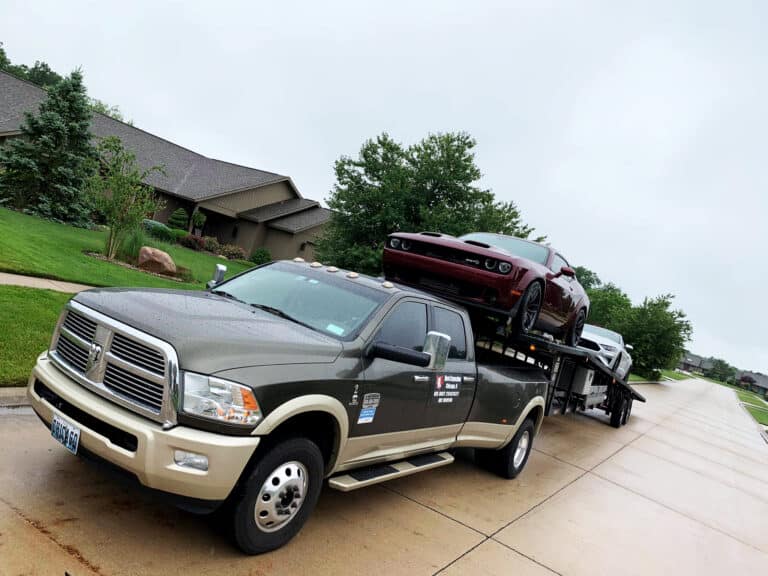
Аrе drivers of pickups in Canada required to install ELDs? View ELDs for all types of vehicles > Many drivers of pickups are required to install and use ELD. Whether an ELD for pickup trucks is related to the gross

The Ministry of Transport is responsible for transportation policy in Canada, and the incoming ELD mandate will be especially important. The purpose of an ELD is to automate HOS records, which are used to ensure drivers are not fatigued and
